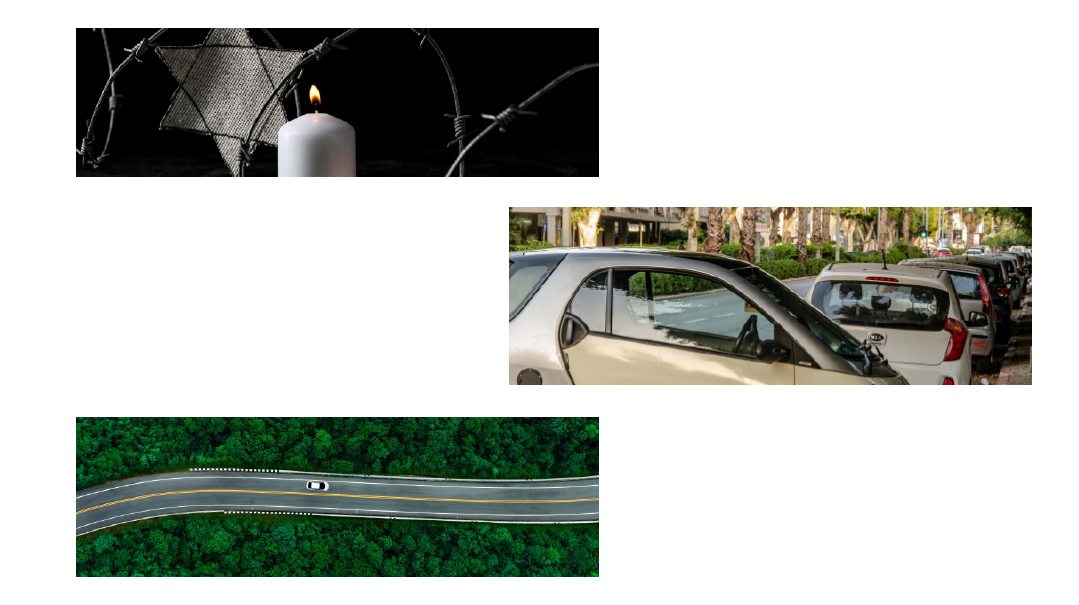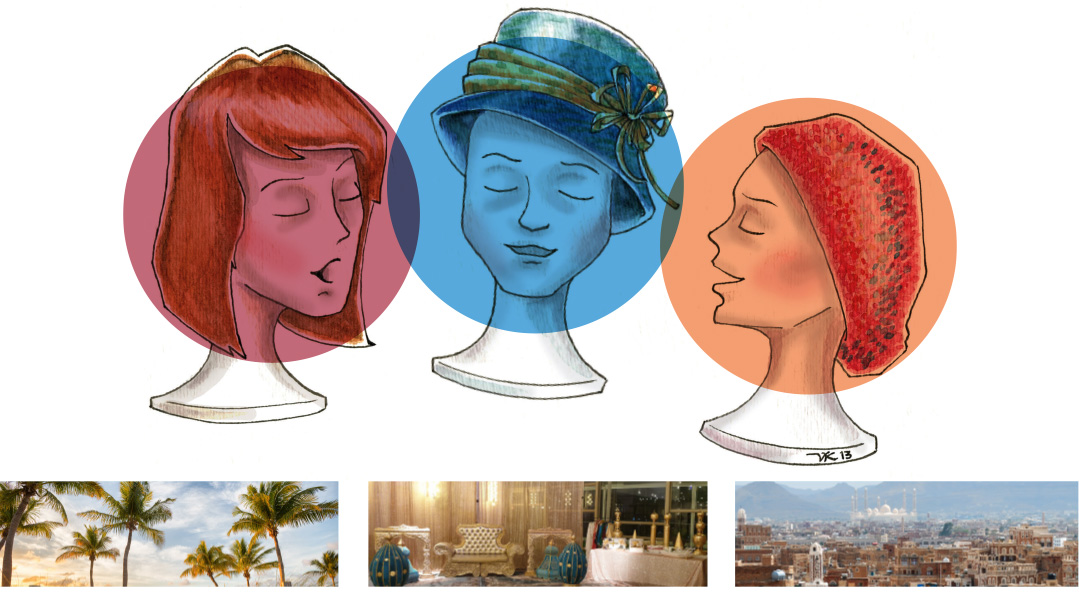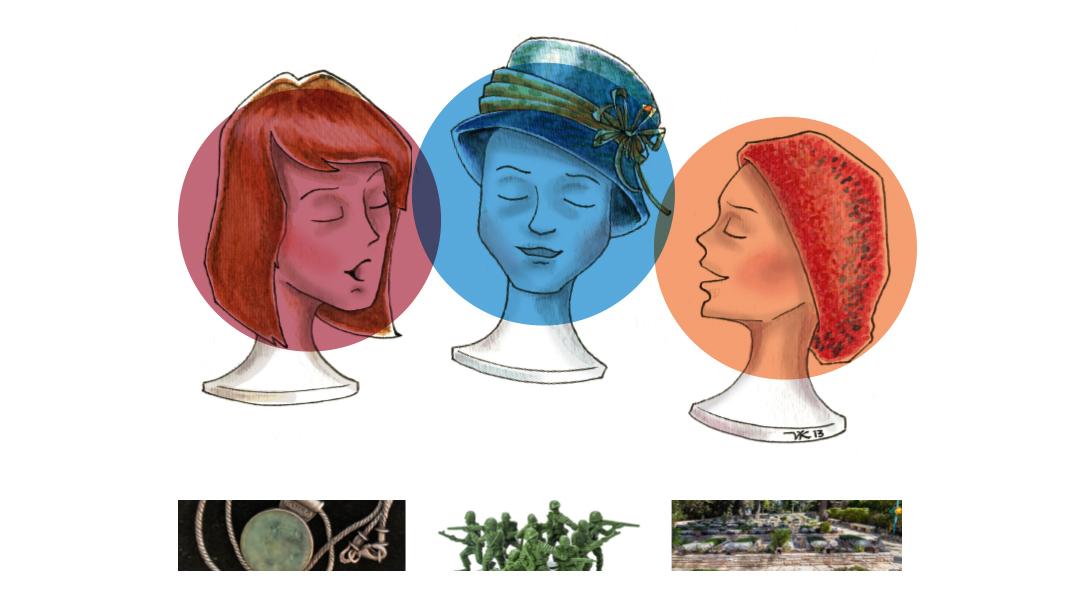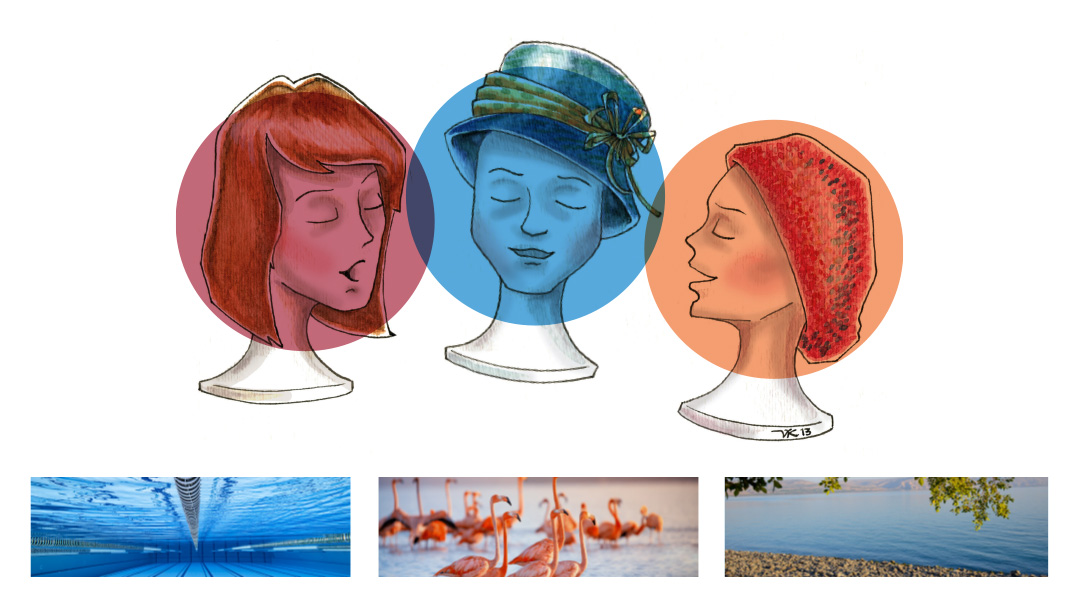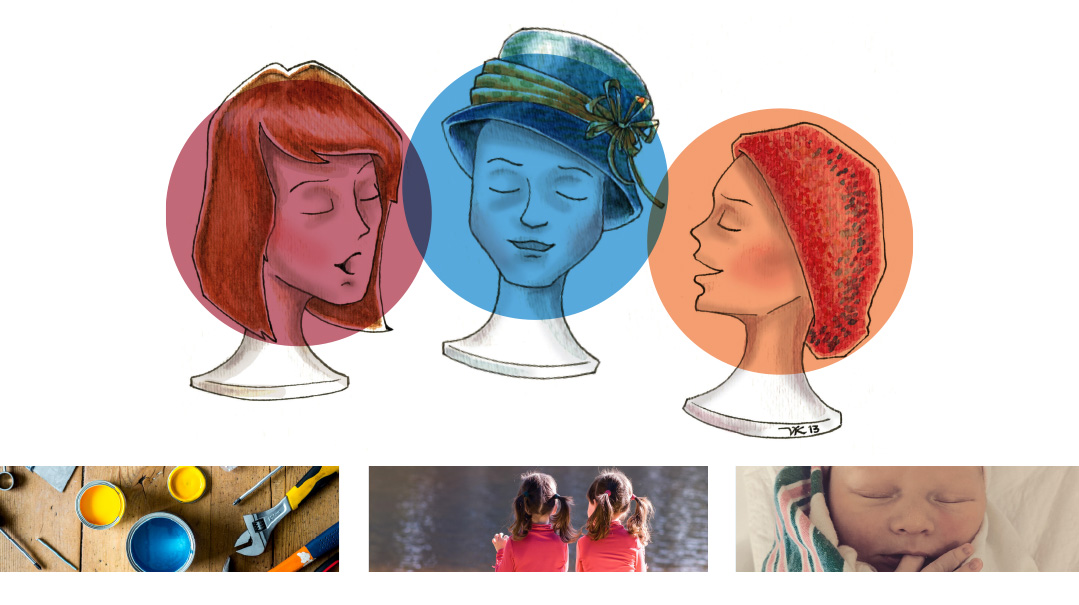Sewing It Together
| January 27, 2021Using the torn threads of her past, Mommy stitched a beautiful new life
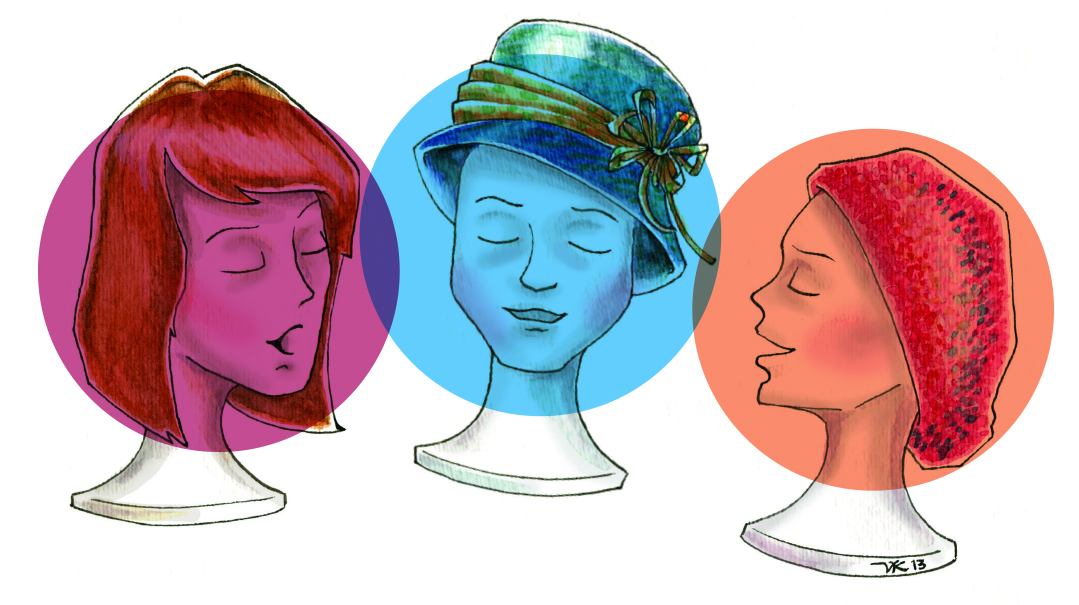
To some people, sewing is an art, a satisfying means of creative expression. To others, it’s a profession. To many of us it’s simply a way of keeping our clothes from falling into tatters, a necessary evil that keeps our buttons buttoned, our hems from sagging.
To us Sisters, though, sewing represents one thing: our mother, Rose Stark a”h.
The word evokes an almost tangible image of Mommy plying a dressmaker’s needle in order to help Daddy — who gently wielded a butcher’s meat cleaver — feed and clothe the three of us, to pay for the steep but necessary costs of a Torah education.
It also evokes a metaphoric image.
Using the torn threads of her life, her family, her beliefs — strong threads extracted from the ashes of Auschwitz — Mommy seamlessly stitched together a reconstructed fabric. The fabric of her new life. The fabric of our own lives and the lives of our children and grandchildren.
Marcia alters her view of…
Alterations
The Stark Sisters don’t do hems. If a hem comes down, we’ll try the scotch tape or safety pin methods. I’ve even been known to try stapling a hem. If that doesn’t work, the garment gets relegated to the back of the closet, to be unearthed years later during a badly needed closet purge.
And buttons? When my husband a”h was alive, he was the official button sewer. Now, if a button falls off… time for a new jacket.
Why this aversion to sewing? Because in my head I hear our mother’s heavily accented English:
My girls will not learn to sew. They’ll go to college. They’ll get jobs without back-breaking, eye-straining manual labor. I was the smartest in my class in Munkacs, but I didn’t have the opportunity to go to university. Instead, I ended up in Auschwitz. And then, in America, the only jobs I could find were in sewing. Now I’m sitting on the floor marking hems for the “kushenyirkas.”
My personal translation of kushenyirka — probably all wrong — is “vain, cheapskate, haggling lady.” I picture a woman scrutinizing herself in a mirror, barely noticing my mother down on the floor. She only cares about two things:
How do I look? How much will the alterations cost?
I flash back to Mrs. Kushenyirka standing on what Mommy called a “marker” — an ingenious contraption consisting of a circular platform for the woman to stand on, a measuring stick attached to a rotating ring, and a rubber bulb that Mommy would keep squeezing. It would poof out perfectly even, perfectly measured chalk lines all around Mrs. K’s desired hemline. Mommy would then use the little white lines to guide her in pinning up the hem.
Mrs. K frowns at her reflection. No. Let’s try that half an inch shorter.
And so the poofing-and-pinning process would start again.
Oops! We could not locate your form.


